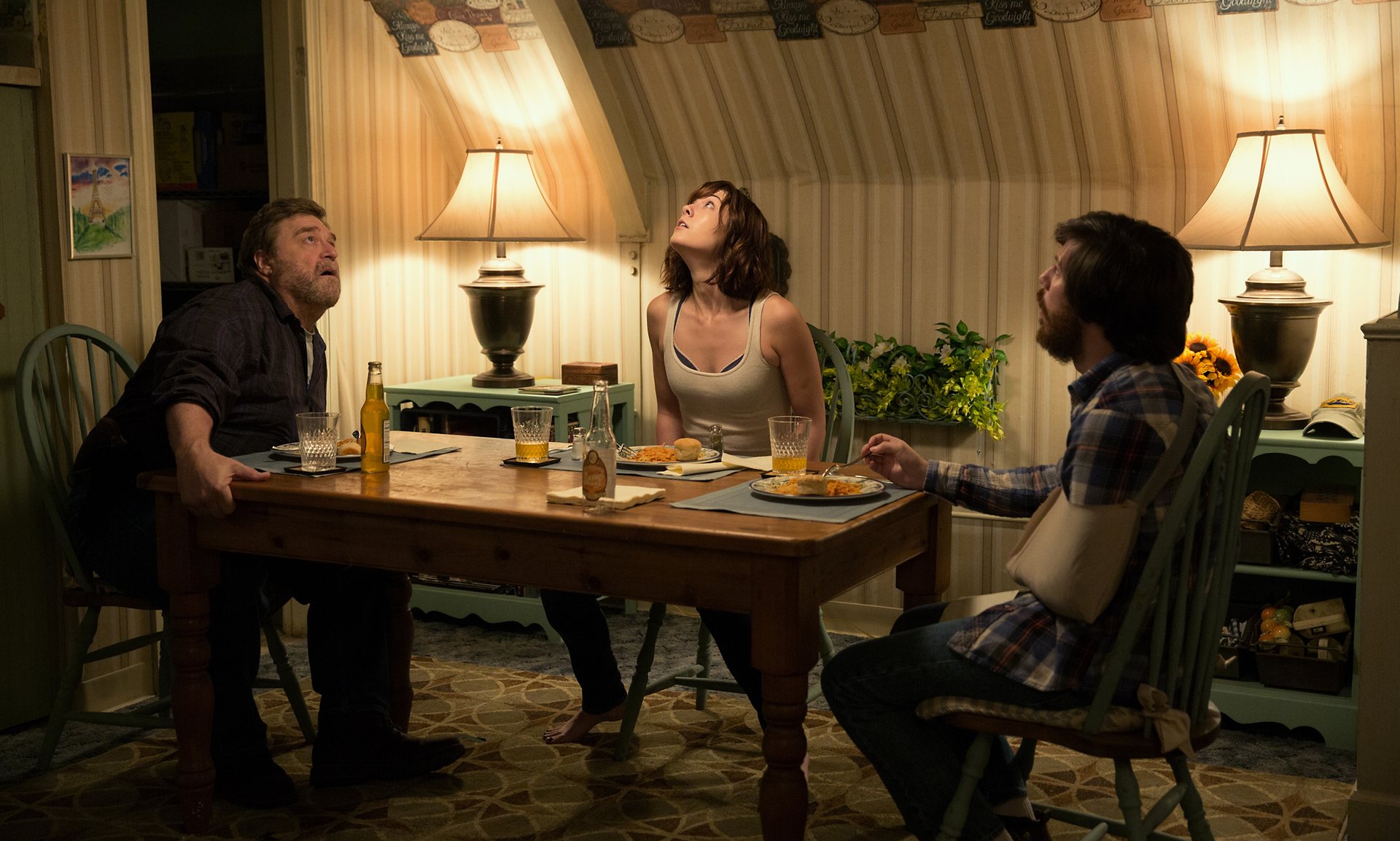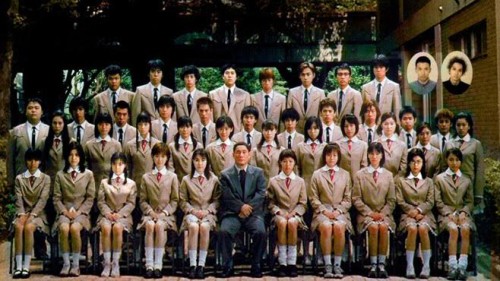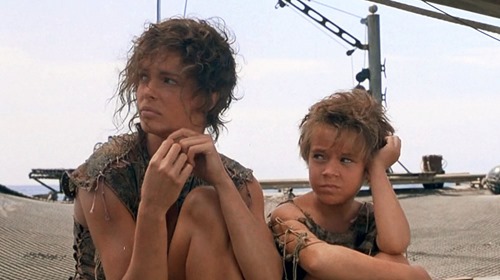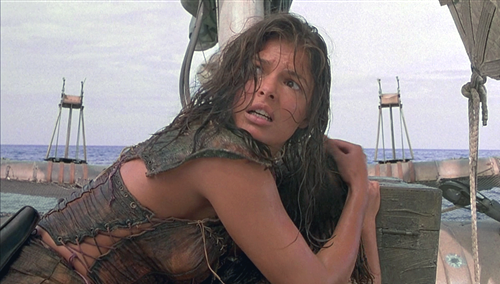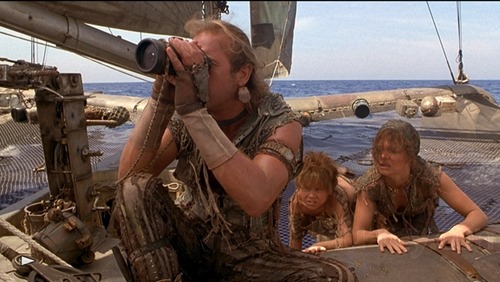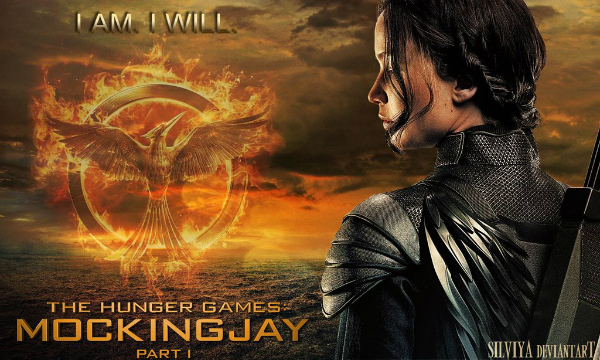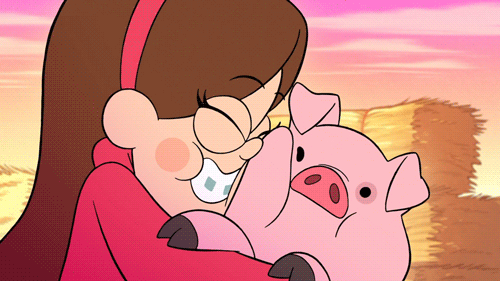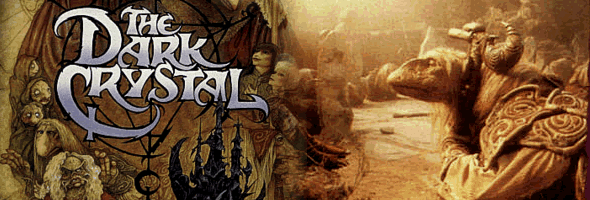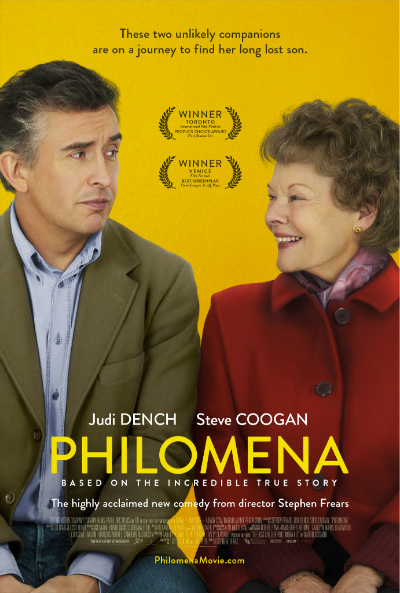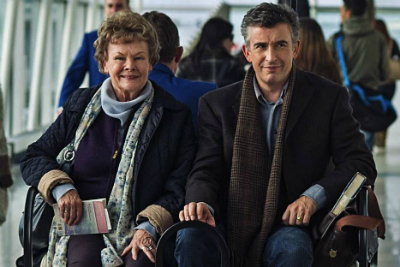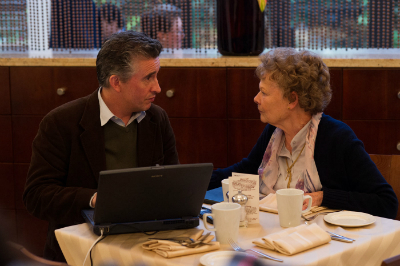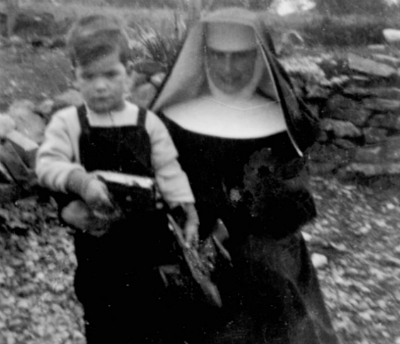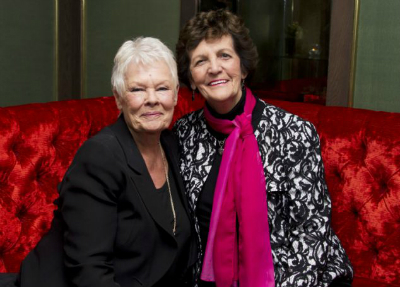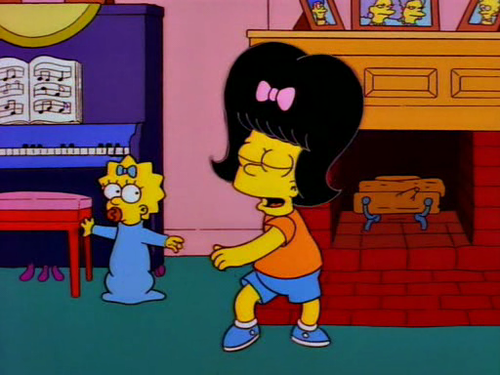This guest post is written by Tim Covell. | Spoilers ahead.
Dragonslayer (1981) is a dark ages fantasy, written by Hollywood veterans Matthew Robbins and Hal Barwood, and directed by Robbins. Marketed in some areas as a Disney film, it is unusually mature for Disney, and was a co-production with Paramount, in the days before Disney formed Touchstone to handle more mature films. Dragonslayer draws on the long history of dragons in western folk literature, eventually linked with Christians in the legend of St. George and the Dragon.
In the purest form of this story, identified as ATU-300 in a folktale classification system, the hero rescues the princess from the dragon, kills the dragon, and marries the princess. These are traditional gender roles with a vengeance. Dragonslayer attempts to modernize the tale by diminishing the hero and splitting the princess into two women who are both brave at first glance, but it ultimately reinforces traditional roles.
Twice a year, the King of Urland conducts a lottery, selecting a virgin girl to sacrifice to a fire-breathing dragon. In exchange, the dragon leaves the kingdom alone. A group of villagers, unhappy with this arrangement, find and hire an older sorcerer (Ralph Richardson) to kill the dragon. The king’s men, following the villagers and determined to maintain the status quo, demand a test before they will allow someone to come and “stir things up.” The test results in the death of the sorcerer. His young apprentice, Galen (Peter MacNicol, making his film debut) takes on the role of dragon slayer/hero, and joins the dubious villagers.
Galen soon learns that the boy leading the villagers, Valerian, is in fact a young woman (Caitlin Clarke). The revealing swimming-hole scene, with brief and non-exploitative shots of male and female nudity, is sometimes cut from television showings. Valerian justifies her deception by noting that the lottery is rigged, and only chooses girls from poor families. This injection of class conflict and official corruption is an attempt to make the story more character driven, but it remains largely faithful to the mythic form.
On arrival in Urland, Galen enters the dragon’s lair, a cave accessed by a damp vertical cleft. We later learn that the dragon is a mother, and deeper in the cave is a lake. A teenage boy exploring a dark and dangerous cave is clear symbolism for male coming-of-age, and suggests the dragon represents female sexuality (and in a negative light). The association of the dragon with virgin girls supports this interpretation. However, the film refuses to let viewers ponder this symbolism too much. Some characters suggest the dragon is the negative aspect of magic in the world, while others argue that it is a manifestation of Christian evil, and still others claim that it is simply a flesh and blood monster. The dragon is individualized by its name and its age-related moodiness. While its death appears to be brought about through magic, cross-cut editing shows the villagers being baptized during the final battle, and there are fleshy and bloody remains. It is entertaining for the nature of the dragon to be in dispute, but the lack of resolution weakens the story.
Galen uses a magic spell to create a landslide, sealing the dragon in its lair. With the threat apparently removed, Valerian comes out as a woman. Her father remarks that “she was twice the man of anyone else in the village, and now she’s twice the woman.” As a man, she led villagers on a long and challenging journey to find a hire a sorcerer, and demanded his assistance after initially being turned away. As a woman, she emerges quietly and shyly from her home in a delicate dress. Galen grabs her arm, drags her into the shocked crowd, and calls for music, legitimizing her existence.
Galen is arrested and imprisoned, while the king waits to see if the dragon is truly dead. The princess comes to see him, and defend her kingdom’s approach to the dragon. She is surprised by Galen’s claim that she is excluded from the lottery. He escapes in the chaos of the dragon’s rampage.
The king declares a special lottery to restore order, but Princess Elspeth rigs it so that she is selected. She publicly defies her outraged father, and tells the kingdom that her sacrifice is necessary to certify the lottery. The king steps into his traditional role, and asks Galen to save his daughter.
Valerian’s father is a blacksmith, and supplies Galen with a spear. On his way to rescue the princess and battle the dragon, Galen meets Valerian. She presents him with a concave shield made from dragon scales, to protect him from the fire. The presentation of the symbolically female magical protective object, often a sheath, is a traditional female folktale role. To give credit where credit is due, many tales of sword and sorcery ignore the role and symbol, excluding women completely. King Arthur’s sword Excalibur is widely known, but its unnamed sheath, which protects the wearer from injury, is rarely mentioned.
Valerian demonstrated bravery in obtaining scales for the shield. But in conversation with Galen, she becomes an insecure girlfriend, assuming Galen plans to rescue the princess out of love inspired from her bravery in sacrificing herself. Valerian also laments her virginal status, which leaves her vulnerable in future lotteries. A kiss, a cut, and a passage of time suggest that “problem” is resolved.
Removing yourself from the lottery by losing your virginity as quickly as possible is an obvious solution, noted by critics from Roger Ebert to Mad Magazine. In Wayland Drew’s novelization, he added backstory, and among other things clarified that lack of virginity does not remove you from the lottery. Valerian’s mother is one of many missing mothers in the film, but in Drew’s version she was sacrificed to the dragon. While the sacrificial victims are female, the dragon has also killed men who provoked it, including the king’s brother and an ambitious priest.
One of the king’s soldiers is at the lair, to ensure the sacrifice of the princess proceeds without interruption. Galen kills him, but is unable to prevent Princess Elspeth from walking to the cave. She is promptly killed and partly eaten by baby dragons. The princess is brave and independent, but it remains hard to celebrate her defiance of her father and the hero, and her dedication to her kingdom, when this results in her death. It is too reminiscent of the movie cliché of killing or otherwise punishing the rebellious/independent woman. Nor did the princess need to die to establish the evil nature of the dragon; the structuralist death of innocents has already been shown. However, Princess Elspeth’s death does draw attention to the impotence of the hero.
Galen kills the baby dragons, yet he is unable to defeat their mother (more impotence). Galen and Valerian resolve to run away together (he still gets the girl). Then Galen realizes the sorcerer prepared himself to be reincarnated, at the lair, to battle the dragon. When the two return to the lair, Galen warns Valerian of the scary environment, and she defiantly claims that she is not afraid. “After all, I was a man once, remember?” The words are no sooner said than she is frightened by the sight of the dismembered and bloody princess, and retreats in fear.
The sorcerer uses magic to destroy himself and the dragon together, with Galen and Valerian providing minor assistance. The villagers arrive to thank God for their deliverance, the king arrives to claim victory for defeating the dragon, and Galen and Valerian ride off into the sunset on a magically procured horse.
Dragonslayer is visually impressive. Many scenes were shot in Scotland and Wales, and the design and fully practical realization of the dragon (including 16 puppets) holds up well in this CGI era. Author George R.R. Martin (A Song of Ice and Fire/Game of Thrones) claims Dragonslayer has “the best dragon ever put on film.” Unfortunately, the attempts to add moral complexity and character motives to myth, without addressing the underlying assumptions about gender roles, only succeed in making the story uncertain. Valerian’s fall from village leader (in disguise as a man) to hero helper, and finally damsel in distress that can only be rescued by the losing of her virginity (itself a patriarchal construct, often “used to control women’s sexuality“), is a particularly depressing character arc. The arc of the hero is not much better: his path to maturity is killing one bad guy and having sex with a woman.
The film did poorly at the box office and in hindsight, perhaps the film makers should have been braver with their characters. For example, Valerian could have stayed brave, and been the hero instead. That approach worked for Robert Munsch, who published The Paper Bag Princess in 1980. A related option would have been to extend a backstory plotline Drew introduced in the novelization, where Valerian, in her disguise as a young man, had a close relationship with another girl. As it stands, Dragonslayer merely hints at the possibilities for updating myths, before retreating to traditional sexist approaches.
Recommended Reading: “Excuse Me, Princess:” The Princess Type, for Good or Ill, Part 1
Tim Covell has degrees in English Literature, Film Studies, and Canadian Studies. He studies film censorship and classification systems, which are largely about managing representations of sexuality. More at www.covell.ca.






